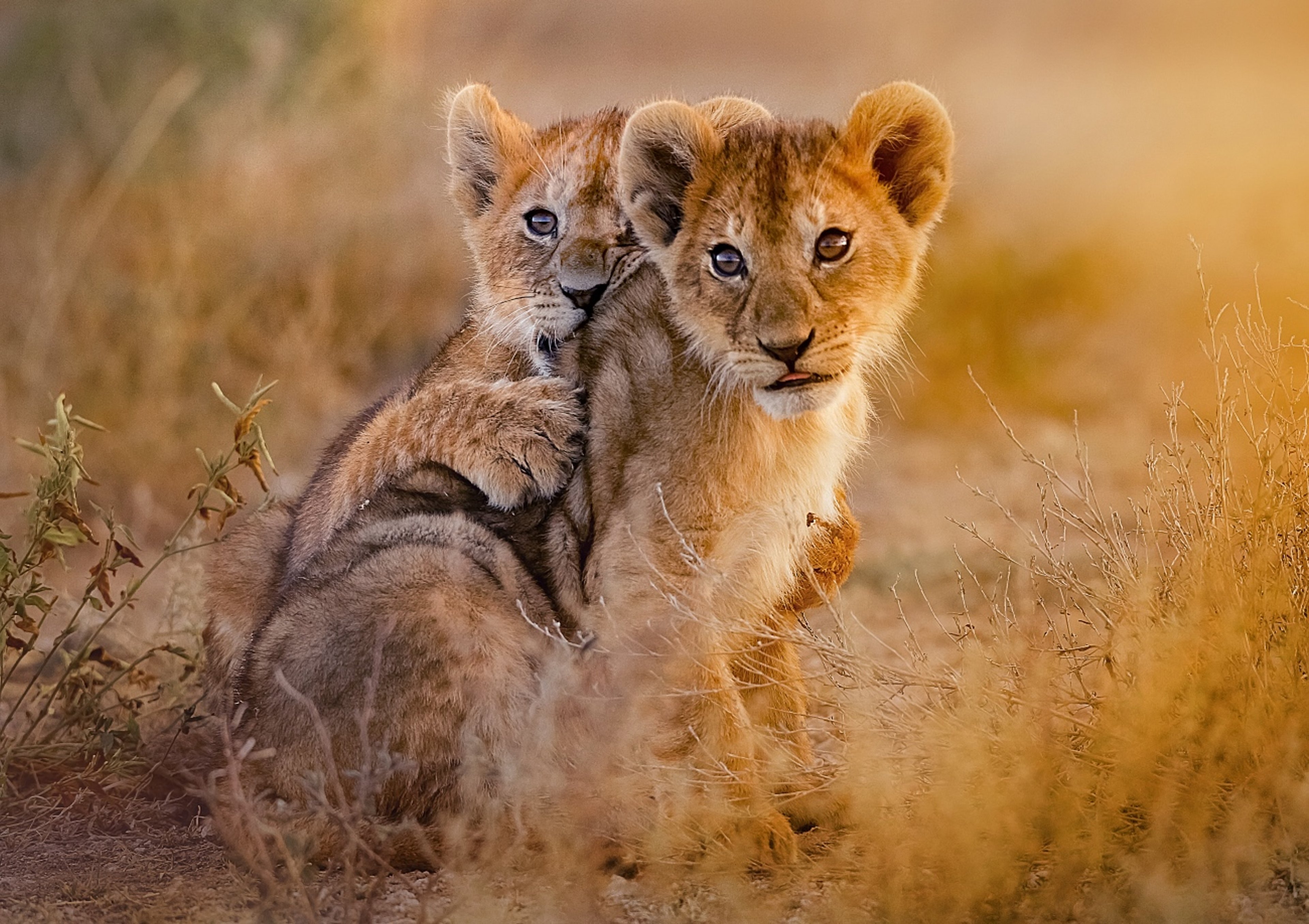Africa’s emerald savannahs, a thick-maned lion silhouetted against a fiery sunset, elephants meandering by a serene waterhole or the intense gaze of a leopard concealed in the underbrush — these are moments that avid travelers and photographers dream of capturing.
Safari photography isn't just about snapping pictures; it's about immortalizing the raw beauty, power and fragility of the wild. And, it offers a unique challenge, melding the unpredictability of wildlife with the nuances of an untamed environment, making safari photography distinct from any other photographic genre.
Whether you're preparing for your first luxury safari adventure or seeking to elevate your existing skills, this chapter will guide you through the maze of best practices, camera equipment choices and insights that can transform fleeting encounters into timeless images you’ll treasure forever.
Safari Photography Tips and Techniques
Capturing high-quality images is a must on your luxury safari. They serve as priceless, tangible memories you can showcase in your home and look back fondly on years after your journey.
Of course, snapping the perfect photograph of the effervescent African landscape and thriving wildlife is no small feat. No matter if you’re exploring the lush jungles or the sweeping savannah, Africa’s wild landscape is constantly in motion. The sun, shadows and moving creatures can make it difficult — but far from impossible — to take a great photo.
All of this is to say that safari photography differs from your typical portrait session. And to help you along, many safari guides are themselves experienced photographers with an in-depth lived knowledge of the hows and whens of wildlife photography. However, you don’t have to be a professional photographer to take stunning pictures on your safari with these tips:
- Let the sun be your storyteller. Lighting can drastically affect your image quality, but there are no ring lights to be found on Safari. Furthermore, flash can appear unnatural and disturb wildlife.
It’s best to let the sun be your guide. The golden hours of dawn and before dusk provide the ideal light conditions for your photography. Embrace the magic of the golden hour as the sun paints the world in an amber palette and find beauty in the shadows.
- Respect the rhythm of the wild. Patience is key on a luxury African safari and the same is true for photographing wildlife. In the canvas of the wild, moments unravel at their own pace and you simply can’t rush nature. You may not get that “perfect shot” on your first day on safari, but you will certainly capture amazing moments and vignettes you didn’t know you were looking for.
The heartbeat of nature should guide your shutter and not be rushed. Each photograph is a testament to your patience and profound connection with the wild.
- Follow the rule of thirds. Simple photography tips can help you capture an impactful image. The rule of thirds is perhaps the most well-known “rule” of composition that helps transform a simple photo into a work of art.
While balance and composition are key, you can also discover new perspectives with your photography. Let nature inspire unique angles and heights in your photography.



